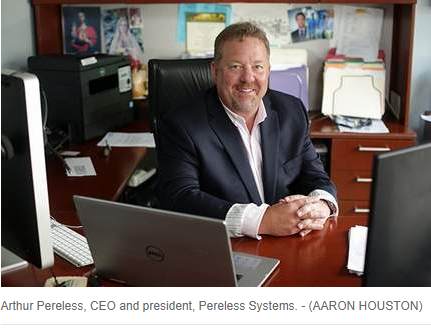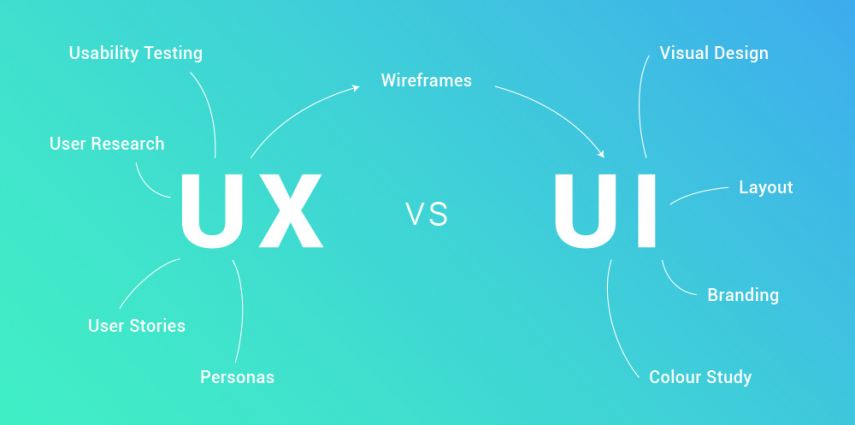Published by:MICHAEL GAUL | Proforma Screening Solutions
AUGUST 27TH, 2019
As an HR manager or employer, chances are good you use criminal background checks to inform your hiring decisions. A new study from the National Association of Professional Background Screeners found that 96% of employers use some form of background check on their employees and 94% of those use criminal background checks.
While your hope is that the person you’re about to hire has a clean criminal background, chances are good you will encounter applicants who do have a criminal past of some kind. In fact, one-third of the adult working age population has a criminal record.
How you handle this reality will put you squarely in the spotlight of an expansive and long-standing cluster of employment laws whose purpose is to ensure that the decision to exclude based on criminal background is fair. In this context, “fairness” means not excluding people for criminal history unless you can show that it is relevant to the specific job in question.
Employment law rightfully aims to ensure an equitable playing field where people with a criminal background are not automatically excluded. Its goal is to expand job opportunities for ex-offenders and is motivated by the idea that automatic exclusions, when individual circumstances are not considered, are potentially discriminatory under the law.
Employment law provides an extensive set of rules and guidelines to define a compliant hiring process that will yield good hires without crossing the lines of discrimination. The savvy HR professional who knows all these rules can devise a hiring process that meets the most stringent tests in the exact hiring location, while still getting the information needed to make a good decision.
The hiring process should be in compliance with at least the three main sets of rules (and there may be additional ones in certain locations):
- Equal Employment Opportunity Commission (EEOC): The Guidance published by the EEOC is an excellent overview of the policy positions and legal case history about using criminal background checks in hiring. It provides a clear roadmap of how to use arrest and conviction records without discrimination.
- Fair Credit Reporting Act (FCRA): The FCRA under the Federal Trade Commission is intended to ensure that background information solicited and used to make important decisions about a consumer’s access to credit, housing, a job, and other important life events is objective and fair.
- Ban the Box (BTB): Ban the Box is not a single law; it is a type of law that has been adopted in state and local jurisdictions across the nation. The common purpose of these location-specific laws is to improve the chances of ex-offenders getting a job. They do so by prohibiting the use of a blanket exclusion—the idea that checking a box that says “Were you ever convicted of a crime?” excludes anyone who says yes—and by other measures that promote more individualized background assessments. These laws vary greatly by jurisdiction, so the HR manager has to be on his or her toes.
Our newest HR Quick Reference, Guide to Criminal Records for Employment Screening, is a must-have resource to help navigate the reality of employment screening today.
About Michael Gaul
Michael is a results-oriented marketing executive with over two decades of experience in employment screening, physical security, and business process management. Michael has deep experience in human capital risk management and a passion for educating business leaders and HR professionals on strategies that tangibly protect their interests. Michael serves on the Board of the Secure Cash and Transport Association (SCTA) and is a member of the National Association of Professional Background Screeners (NAPBS), and the American Society of Industrial Security (ASIS).
How Well Do You Understand How to Use Criminal Records for Employment Screening? September 5th, 2019Pereless











